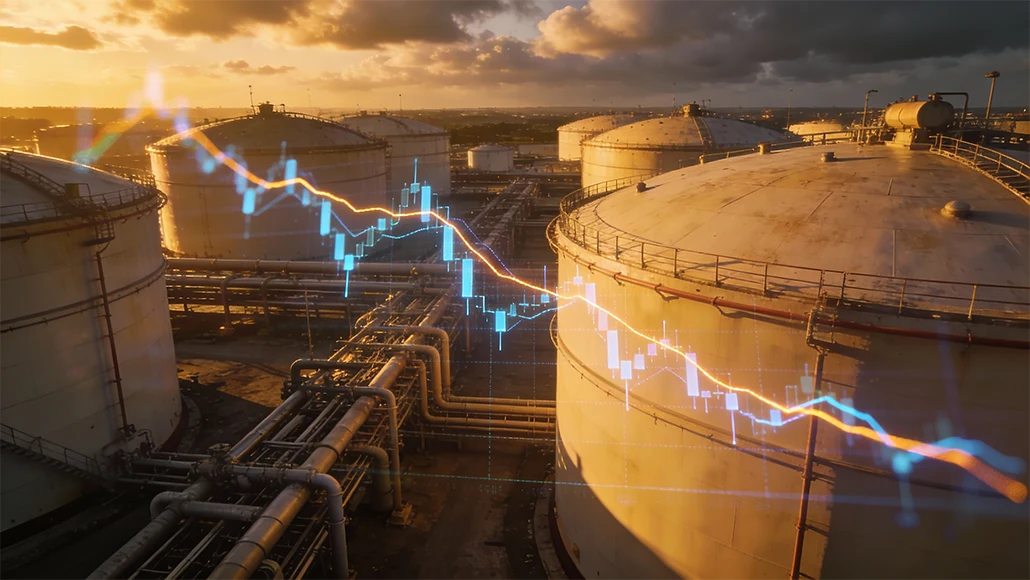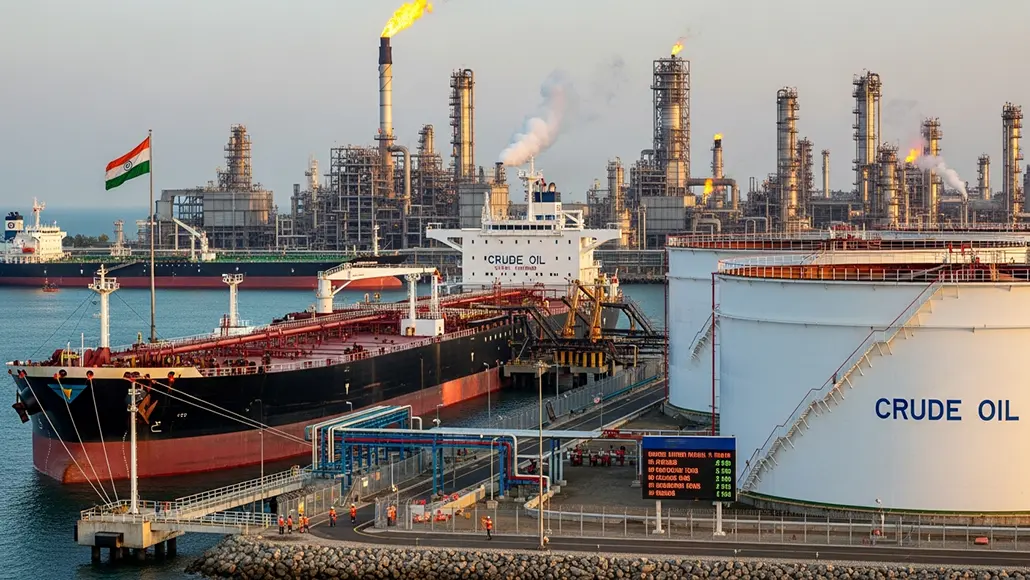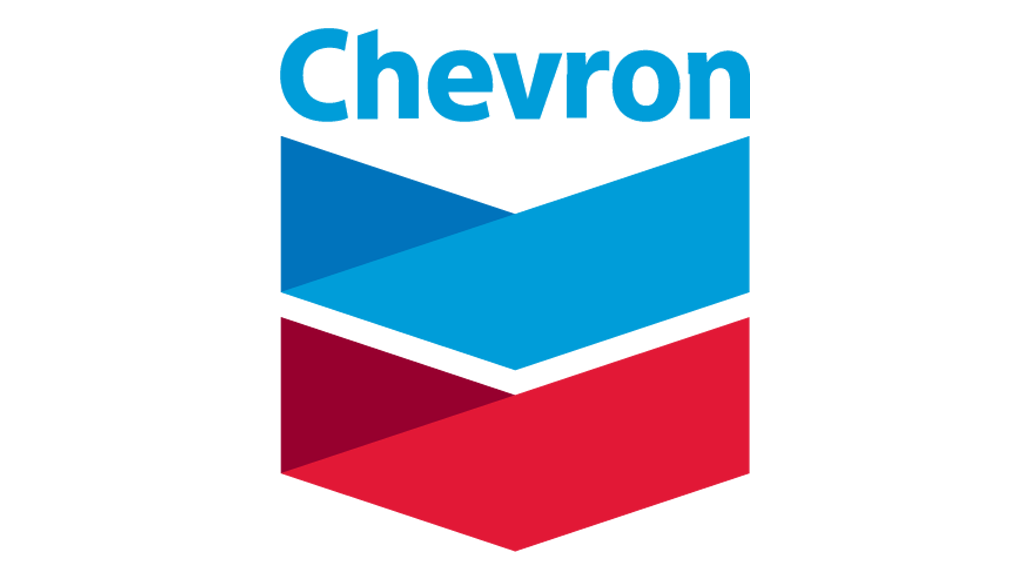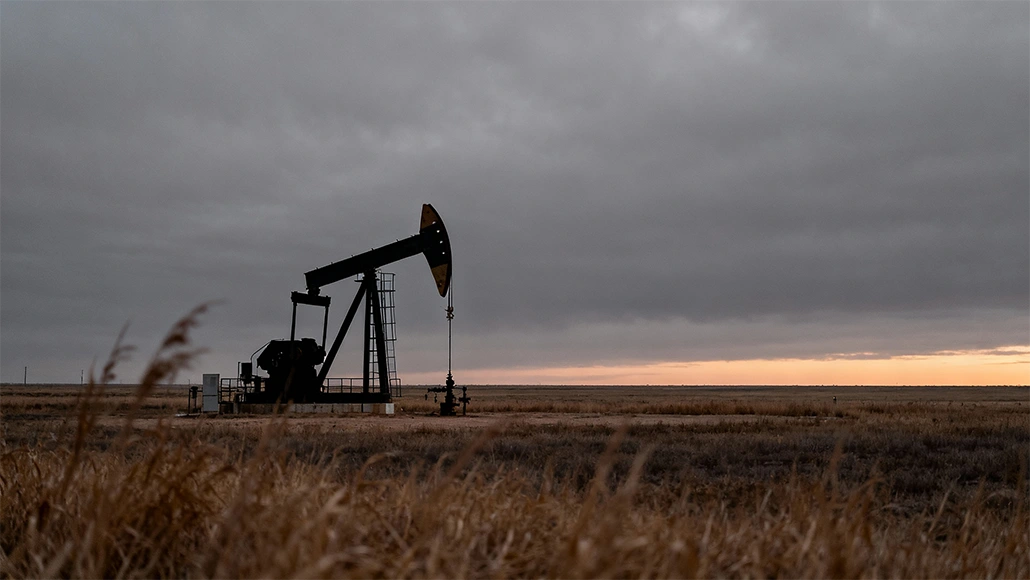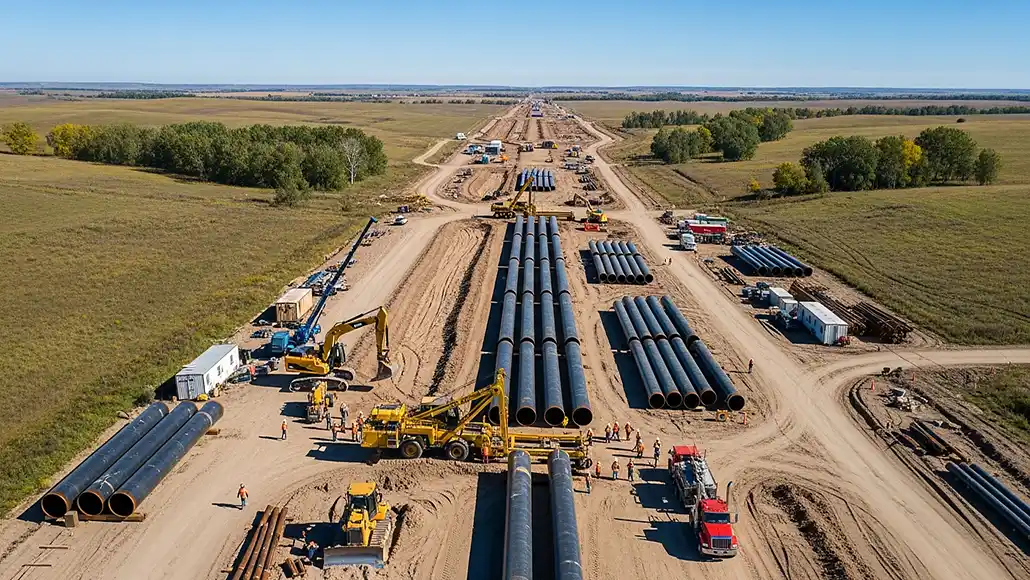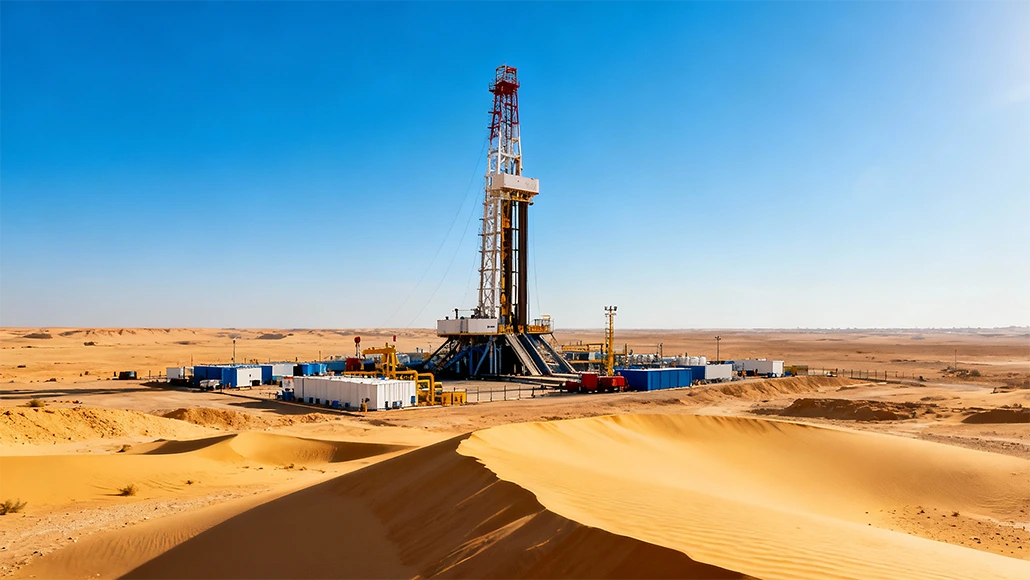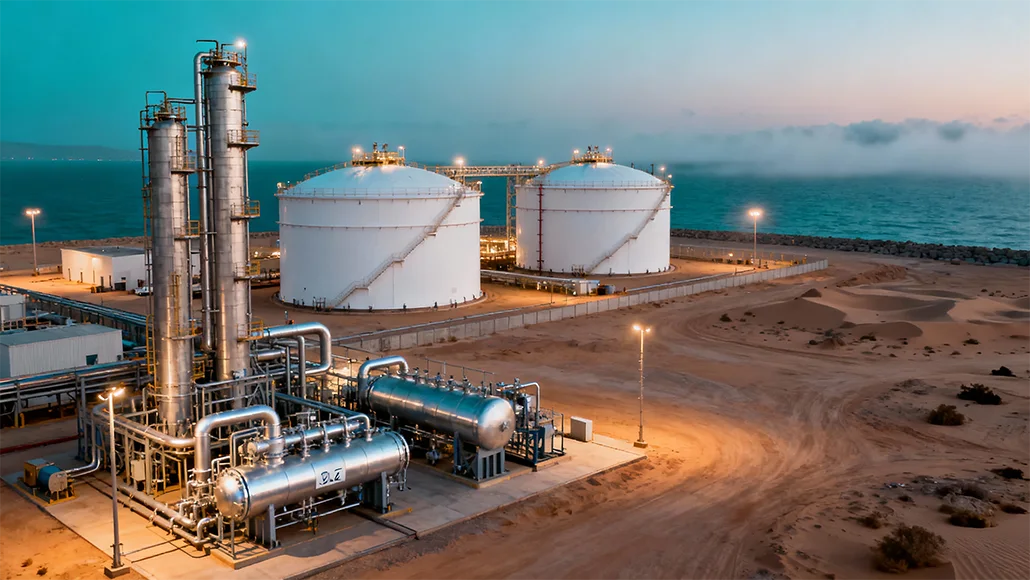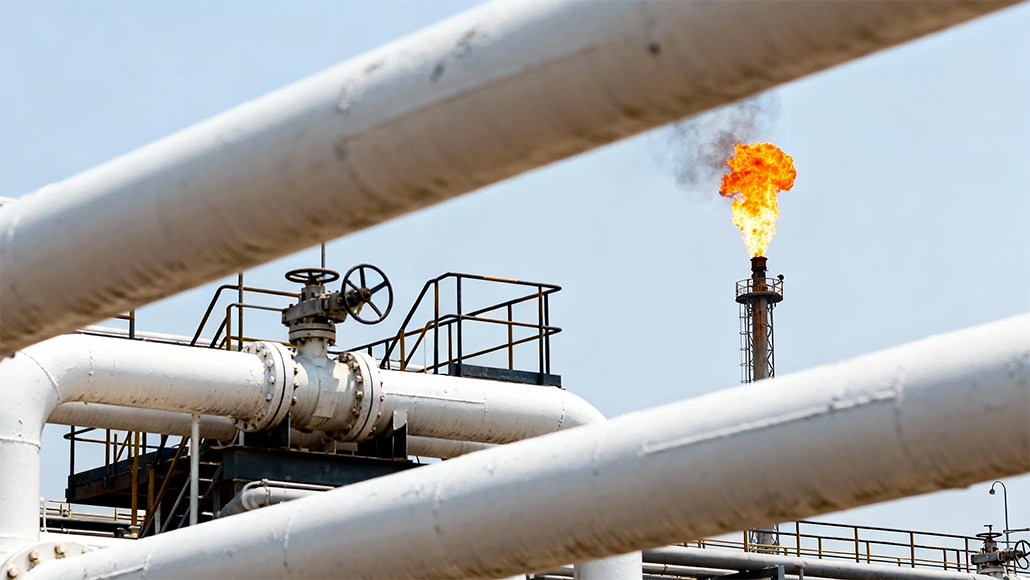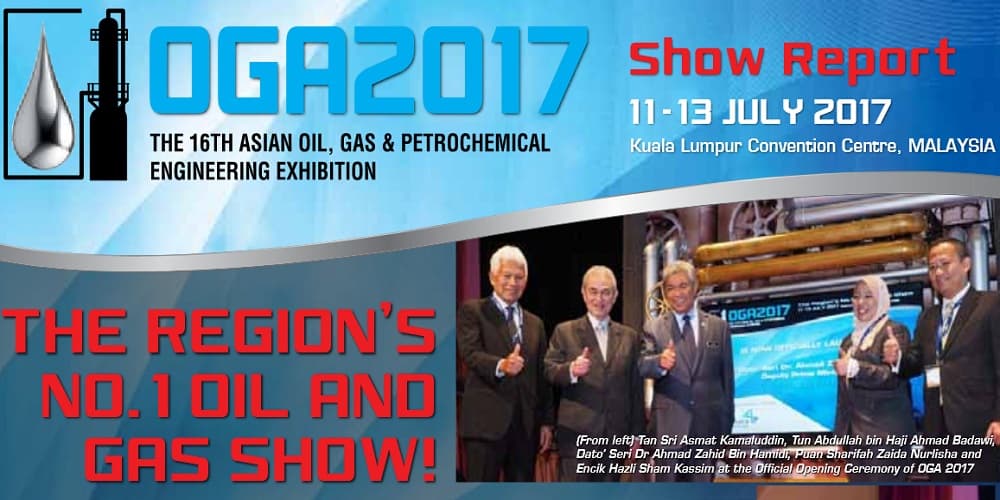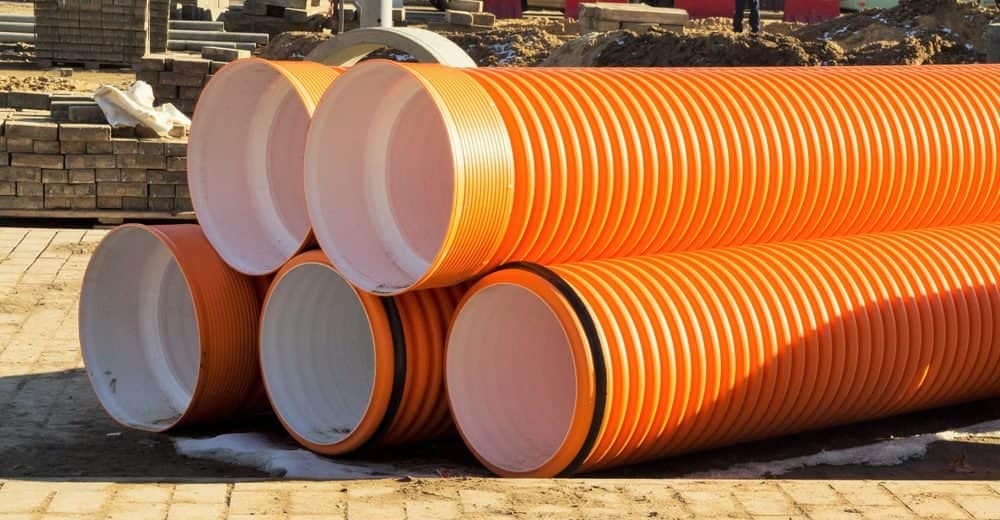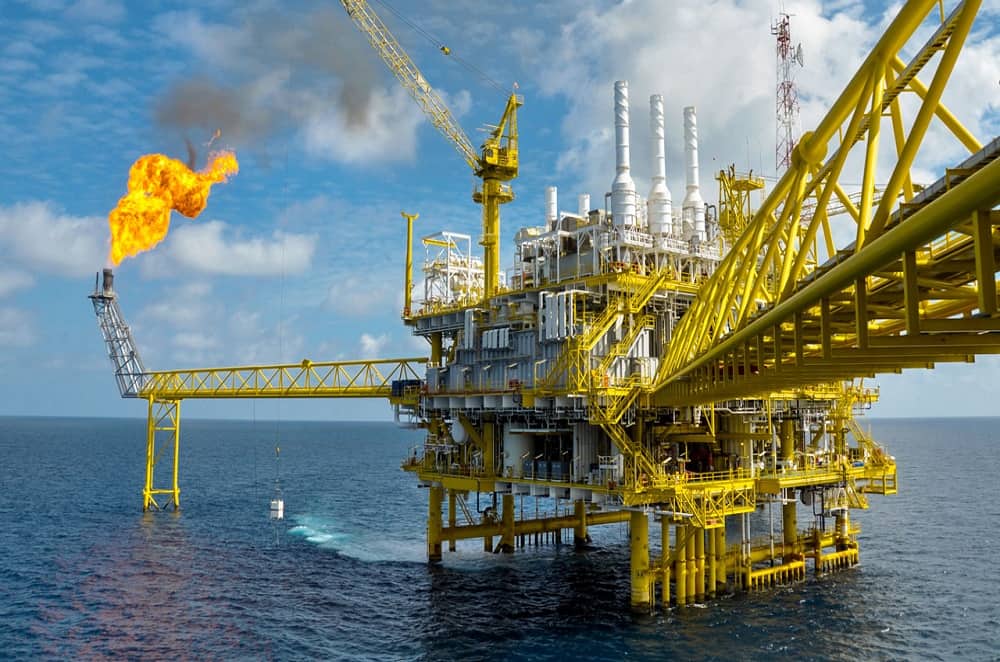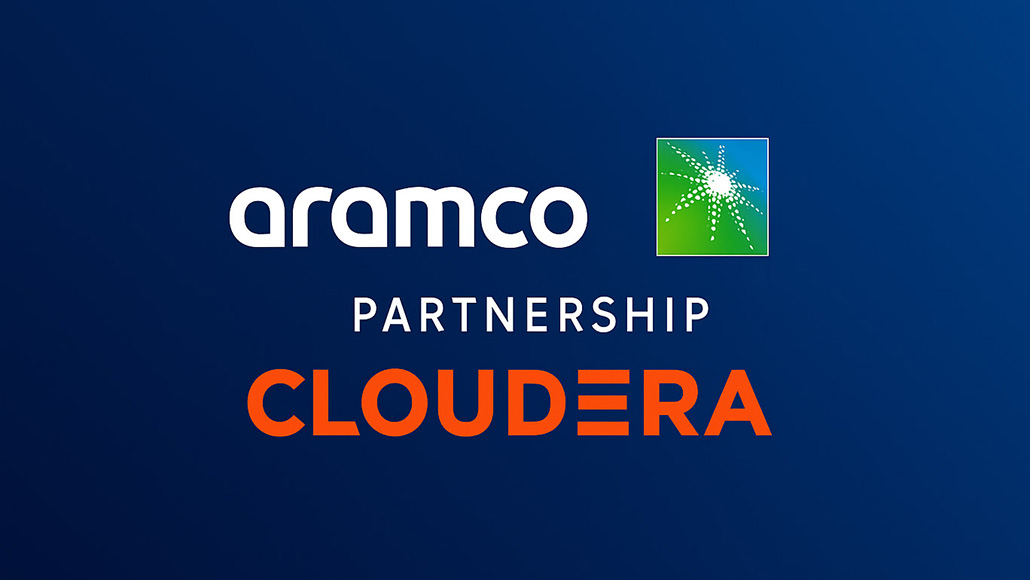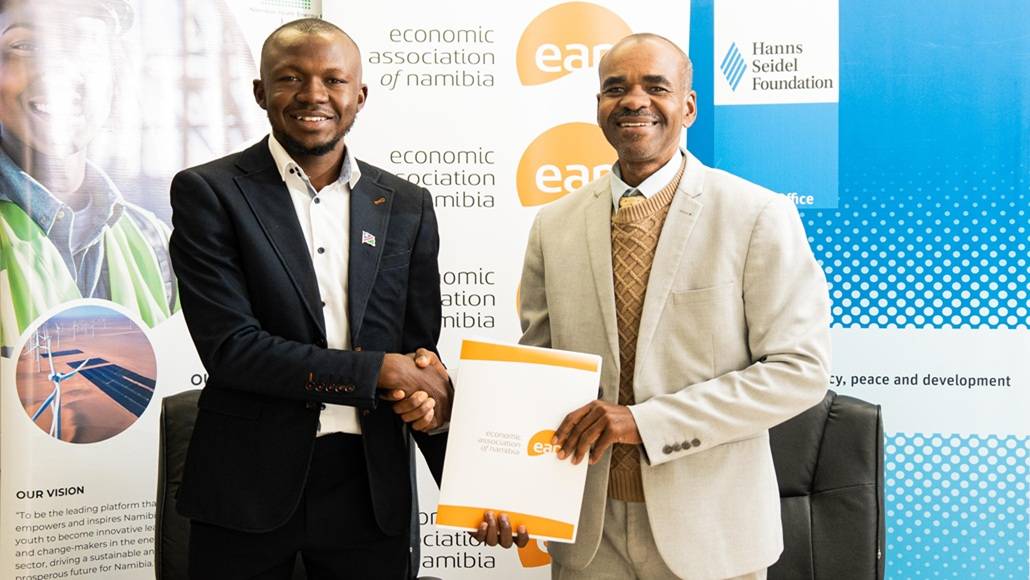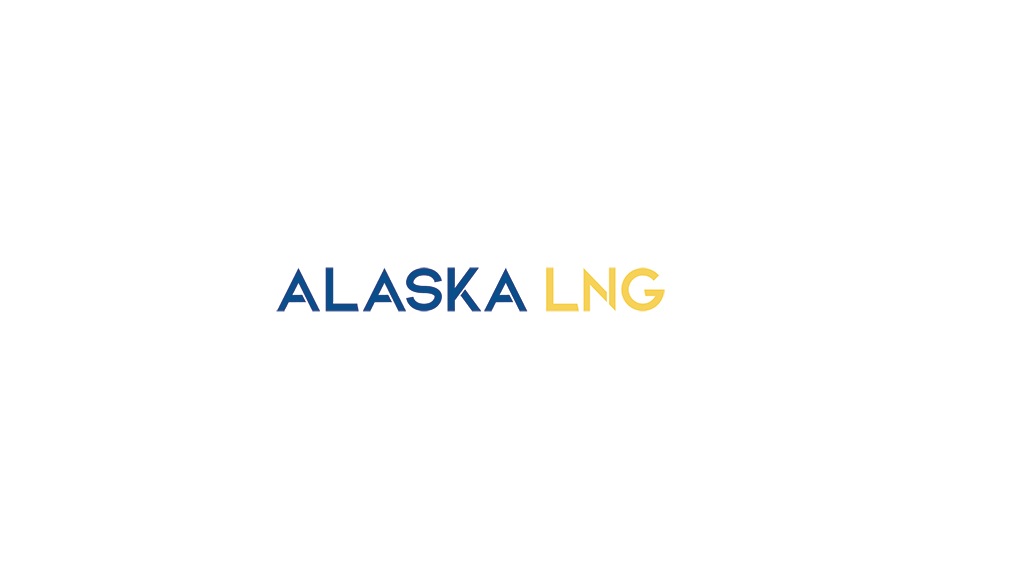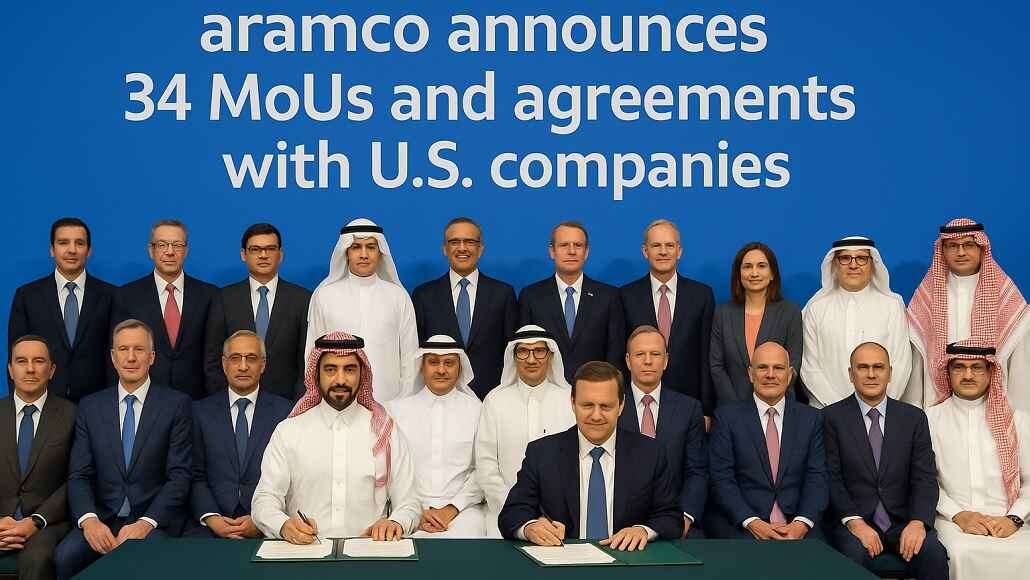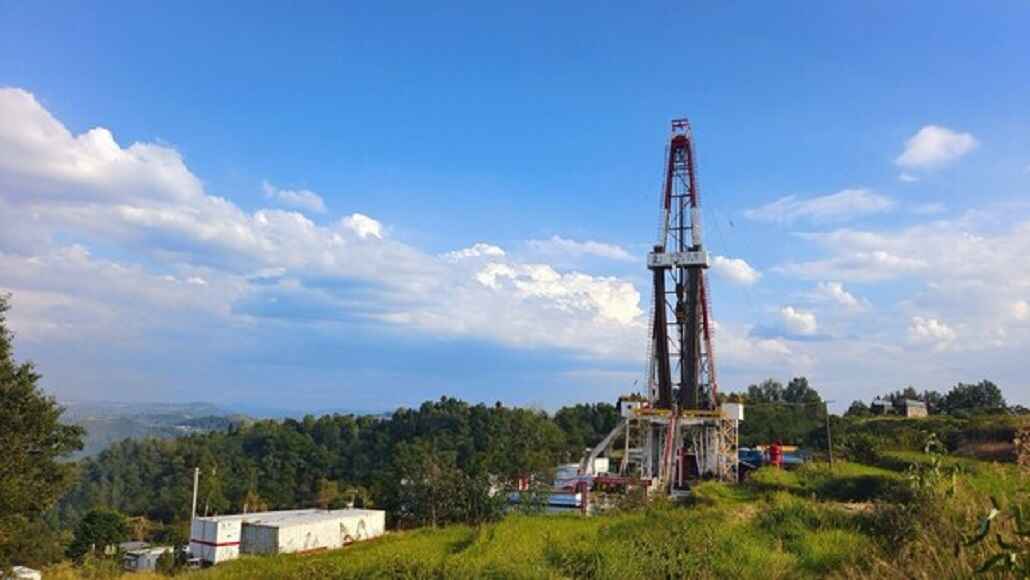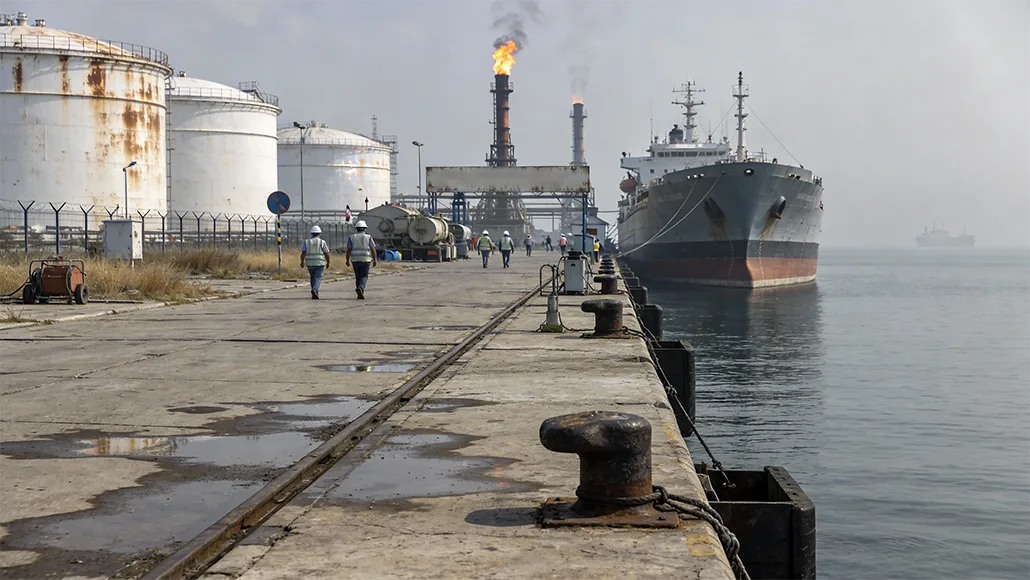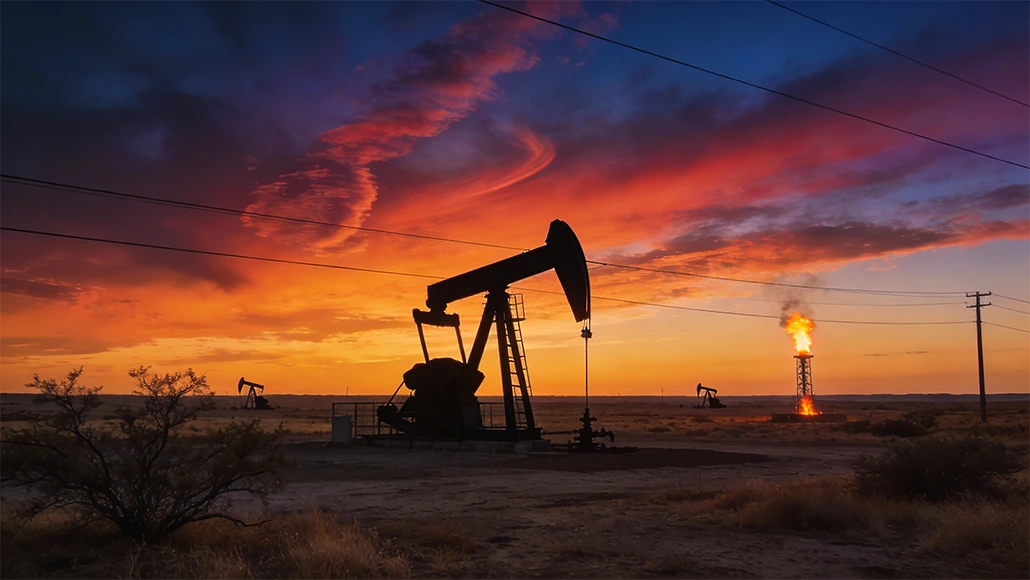Khor Mor gas field in Iraq, which happens to be the country’s largest non-associated gas field, is all set to increase its output by 50% to 750 million standard cubic feet per day – MMscf/d after the key stakeholders of the field, Crescent Petroleum as well as Dana Gas, delivered project KM250 eight months ahead of schedule. KM250 is also going to produce 7,000 barrels of condensate every day and 460 tonnes every day of LPG, therefore supplementing the present production of 15,200 bbl/d of condensate as well as 1,070 t/d of LPG.
Based in the Kurdistan Region of Iraq – KRI, the project is going to bolster power generation and industrial growth throughout the KRI, therefore underpinning the government of Kurdistan’s regional initiative so as to deliver 24-hour electricity, while at the same time also boosting power supply to certain other regions of Iraq.
The $1.1 billion project happened to be listed on the Nordic Alternative Bond Market and is also backed by financing from the U.S. Development Finance Corporation – DFC along with the Bank of Sharjah, with proceeds coming from $350 million senior secured bonds from Pearl Petroleum. Crescent Petroleum and Dana Gas happen to own a 35% stake apiece across the Khor Mor gas field in Iraq.
According to CEO of Crescent Petroleum, Majid Jafa, delivering KM250 ahead of schedule goes on to mark quite a prominent achievement when it comes to Crescent Petroleum, Dana Gas, and their Pearl Consortium partners. This sort of accomplishment, as per him, underscores their ongoing dedication toward the Kurdistan Region of Iraq and also demonstrates their capacity to unlock the massive energy resources that are available in addition to reinforcing their commitment to generating jobs and elevating local services, and at the same time also providing cleaner and more dependable energy for the region as well as the country.
Apparently, the energy sector of Iraq is at present going through a renaissance. The Kurdistan Region has already exported 2.5 million barrels of crude ever since the flows resumed on September 27, 2025, two and a half years since they got suspended. Exports, apparently, came to a halt in early 2023 after the International Chamber of Commerce – ICC ruled that Turkey had gone on to violate a 1973 treaty by purchasing Kurdish crude without availing itself of consent from Iraq. Meanwhile, TotalEnergies, the French oil and gas multinational, has begun the Gas Growth Integrated Project – GGIP which is a multi-energy initiative from Iraq that is valued at $27 billion, after reaching an agreement with the government of Iraq in 2024 so as to begin the energy project, which has been delayed for long been delayed.
The project happens to involve many components, including developing the Ratawi oil field, constructing a solar farm of 1 GW, and also building a seawater treatment plant. The first phase of the oil project looks forward to 120,000 b/d production by early 2026, while the solar component is anticipated to start delivering power by the end of 2025.
Total first went on to sign a deal with the Iraqi government in 2021, which would see the company develop four oil, gas, and renewables projects across southern Iraq in a span of 25 years with an investment of $10 billion. Unfortunately, the giant project got shelved due to the disputes and squabbling between Iraqi politicians on the terms of the deal. But Iraq finally agreed to a much smaller 30% stake within the project, therefore setting in motion a deal that could lure foreign investment back into the country. Iraq, after years of instability, has been enjoying a period of relative balance, thereby increasing the chances of foreign investors coming back to the country.
According to Patrick Pouyanne, Chief Executive of TotalEnergies, who told Reuters that the government of Iraq has confirmed the whole contract with no modification at all, so that was more than good news for him.
Meanwhile, on the other hand, BP Plc, the British oil & gas giant, is all set to start the development of the Kirkuk oil and gas fields in Iraq after finalizing the contract in March 2025. As per Iraqi officials, Kirkuk oil fields happen to be at present producing 245,000 barrels of crude every day. The Kirkuk Field happens to be one of the largest onshore oil fields in the world that was discovered in 1927, having an estimated recoverable oil of 10,000 million barrels. It happens to be operated by the North Oil Company. Iraq is the second largest producer in OPEC after Saudi Arabia. The economy of the country relies pretty heavily on crude oil exports, with crude comprising over 90% of the revenues of the country.
It is well to be noted that the oil prices have come under immense pressure, decreasing to a five-month low after U.S. President Donald Trump ratcheted up the U.S.-China trade tensions, while the International Energy Agency – IEA has gone on to predict a supply surplus in 2026. But the commodity analysts with Standard Chartered happen to view this overly bearish sentiment as largely unwarranted, stating that compensatory production slashes by Iraq as well as Kazakhstan are going to be enough so as to counter the unwinding cuts program by OPEC+, which is at present on.
Apparently, the markets largely reacted positively post the eight producers, which go on to make up OPEC+ met in a virtual meeting on October 5, 2025, and with very little fanfare, went on to announce 137 kb/d more barrels, which need to be added to the market in November 2025. As anticipated, OPEC+ highlighted the proposed compensation cuts when it came to overproduced volumes by six members, which were led by Iraq, which has proposed an immediate 130 kb/d alteration from August 2025 till January 2026, before slowing to 122 kb/d somewhere in June 2026. The Standard Chartered commodity analysts have gone on to note that Iraq is going to do most of the heavy lifting when it comes to the latest round of unwinding from OPEC+, with its cuts alone almost enough so as to neutralize the growth by the remaining members.



